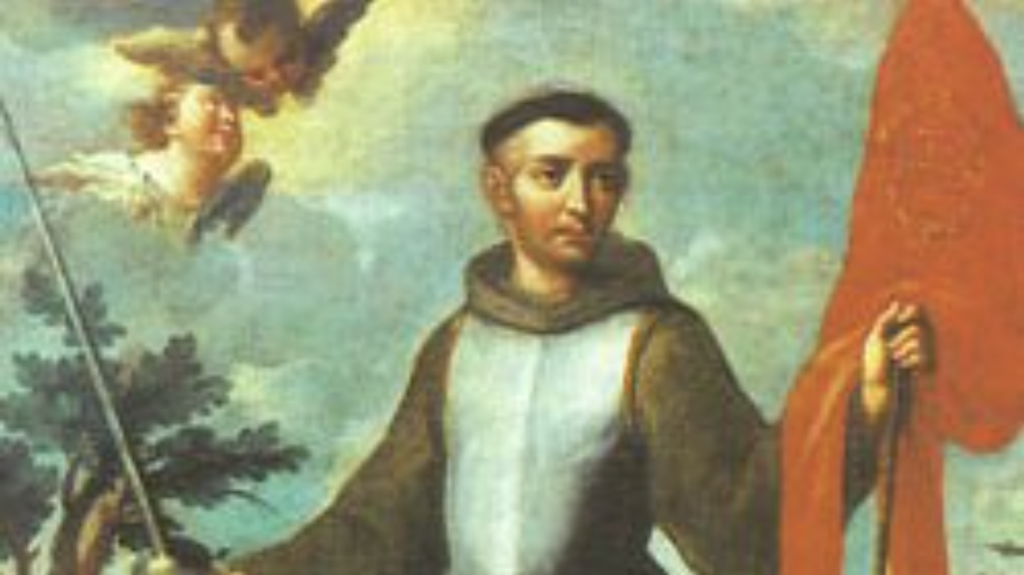St. John was born in Italy in 1385, and his father died when he was young. His mother secured his education, and he learned Latin, civil law, and Church law. He married the daughter of a well-known man in the community, and became the governor of Perugia in 1412.
A few years later, he was jailed as a political prisoner. While he was behind bars, John had a dream about St. Francis of Assisi, and was inspired to commit himself to a religious life. Through his wife’s influence, he was released from prison, and then paraded through his town, sitting backwards on a donkey and wearing a paper hat which listed all of his sins in penance.
Having repented, John joined the order of Franciscans of the Strict Observance. He was ordained in 1425, and was sent to preach all across Italy. John was a talented speaker, and thousands came to hear him, inspiring many conversions and renewals of faith.
John was drawn into internal controversy among the Franciscans, but was unsuccessful in resolving anything. He defended St. Bernardine of Siena, his mentor and friend, from accusations of heresy, and was a trusted advisor to several of the popes in his lifetime. John was an instrumental part of the Ecumenical Council of Florence as well.
Due to his preaching success in Italy, John was sent throughout Central Europe to share the Gospel. Pope Nicholas V included John in a mission to rally European leaders after the fall of Constantinople in 1453. He personally led a part of the ensuing battle defending Belgrade in 1456.
After the battle, John suffered a serious illness and died on Oct. 23, 1456. He was canonized in 1724, and is a patron of military chaplains.

